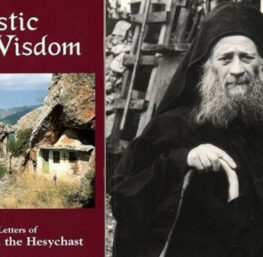AFP | Nov. 21, 2008
It’s taken more than a century, but Einstein’s celebrated formula e=mc2 has finally been corroborated, thanks to a heroic computational effort by French, German and Hungarian physicists.
A brainpower consortium led by Laurent Lellouch of France’s Centre for Theoretical Physics, using some of the world’s mightiest supercomputers, have set down the calculations for estimating the mass of protons and neutrons, the particles at the nucleus of atoms.
According to the conventional model of particle physics, protons and neutrons comprise smaller particles known as quarks, which in turn are bound by gluons.
The odd thing is this: the mass of gluons is zero and the mass of quarks is only five percent. Where, therefore, is the missing 95 percent?
The answer, according to the study published in the US journal Science on Thursday, comes from the energy from the movements and interactions of quarks and gluons.
In other words, energy and mass are equivalent, as Einstein proposed in his Special Theory of Relativity in 1905.
The e=mc2 formula shows that mass can be converted into energy, and energy can be converted into mass.
By showing how much energy would be released if a certain amount of mass were to be converted into energy, the equation has been used many times, most famously as the inspirational basis for building atomic weapons.
. . . more



